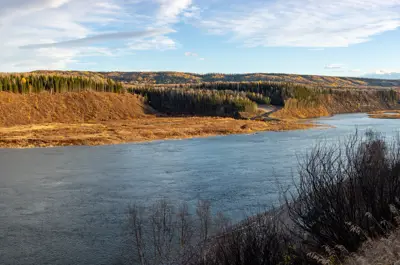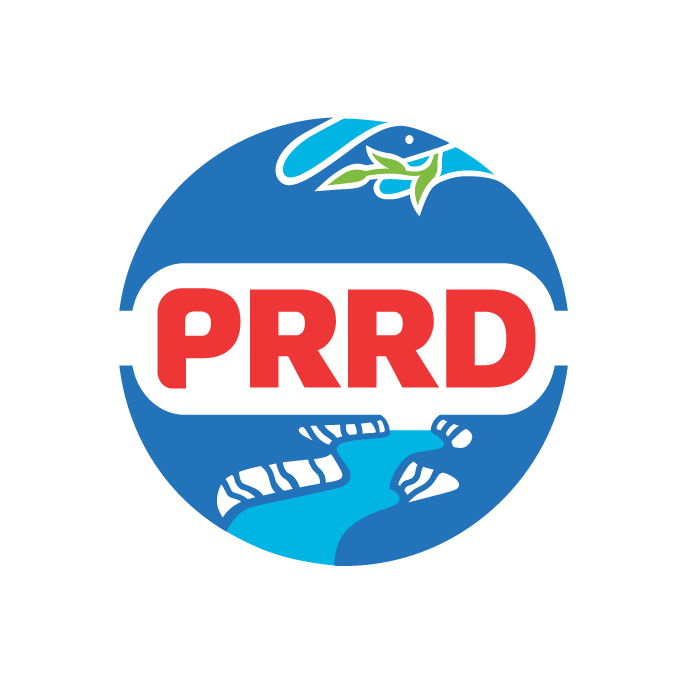Active Development Applications
The Peace River Regional District offers planning services for areas outside of cities and towns (Electoral Area B, C, D and E) within the region. You can view current applications and share your feedback on them. Just select an application below to view details and submit a comment. If you have any questions about how the development application process works or how we can help, please email Development Services.

Contact Us
Development Services
1981 Alaska Avenue,
Dawson Creek, BC
V1G 4H8
Stay Informed
Sign up to receive newsletters on important regional news and events





